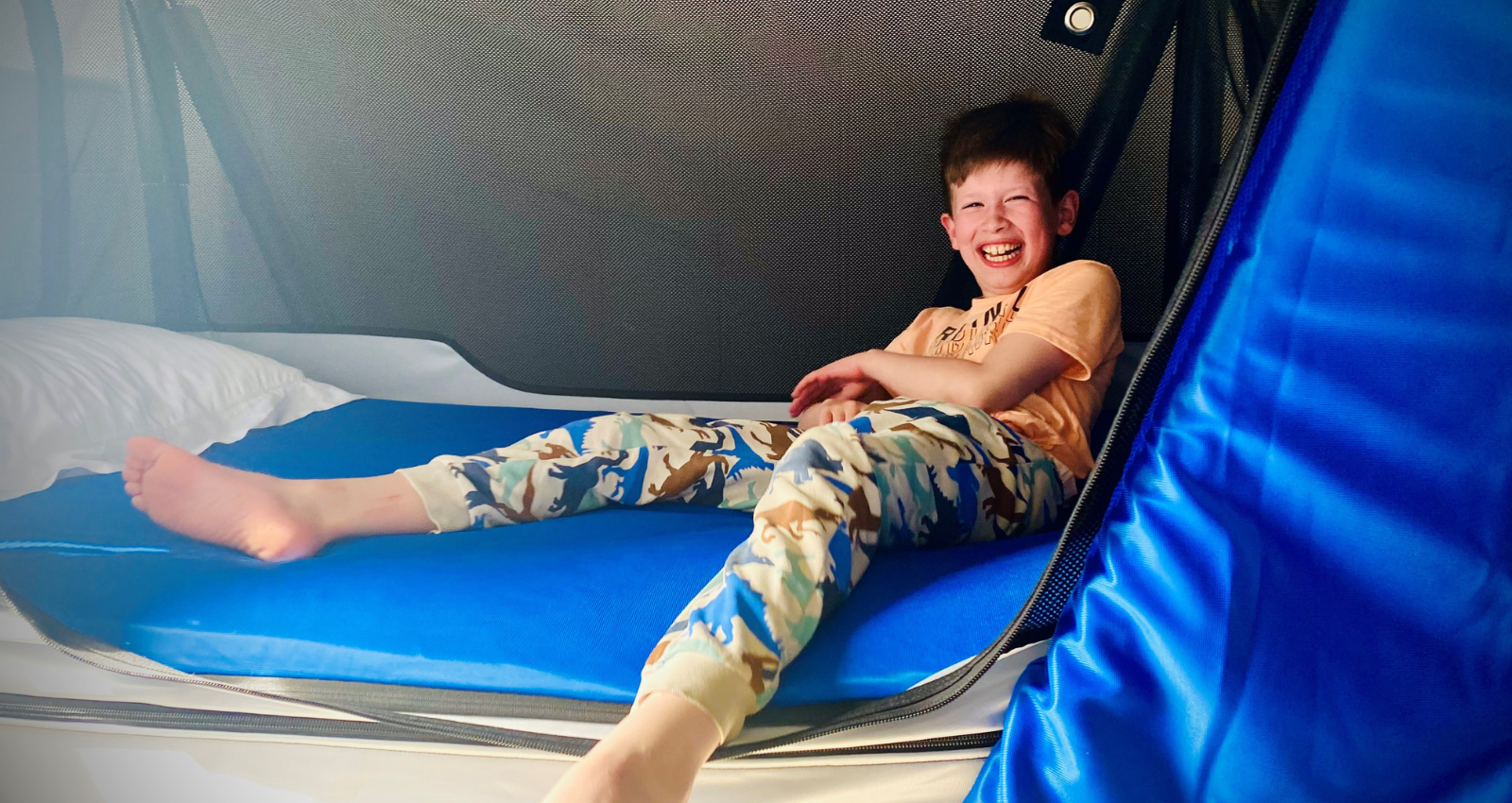
Child-proofing your home for children with autism
Child-proofing your home is something that every parent considers. However, when you have a child with autism, child-proofing your home is essential. Lots of children with autism lack danger awareness, which can be petrifying. When simple things can be dangerous, or worse deadly, you must put the correct measures in place to prevent incidents from occurring. In this blog, we will look at autistic child safety at home and how to ensure – as much as possible – your home is a safe place to prevent accidents.
Below are a few tips that can help you child-proof your home for Autism
- Door safety - Let’s start with child-proofing your doors both internally and externally. Internally, there might be certain rooms that you would like to prevent your child from entering alone for safety reasons, such as the kitchen. Putting locks up high so your child cannot reach them is a good idea. External doors might require an additional safety lock to prevent your child from escaping. Again, these can be put up high, out of reach. You can buy a door alarm that makes a noise every time your door is opened and closed to alert you.


- Stair gates - If your child isn’t a climber, stair gates can be handy both on the stairs and in door frames to prevent access to specific rooms.
- Window locks and alarms - Make sure that your windows are locked and the key put in a safe place so your child cannot open the window. Similar to a door alarm, you can buy a window alarm to alert you when a window is opened or closed.
- Oven and fridge-freezer locks - Does what it says on the tin – will prevent your child from accessing these things.
- Drawer and cupboard locks - Another lock to consider is one for your cupboards and drawers, especially if there are things like knives or cleaning products in them. Different types of locks are available, some more tricky to use than others.
- Furniture anchors - For climbers, furniture anchors are essential to prevent them from pulling furniture down on top of them. These straps connect to the furniture and are screwed to the wall to ensure that they are sturdy and effective. They can be used on drawers, cupboards and even the television.
- Plug covers - If your child tends to put their fingers in plug sockets, you should consider plugging socket covers, which can prevent them from doing so. It is also a good idea to unplug any potentially dangerous appliances so that they cannot accidentally be turned on by your child.
- Specialist safety bed - Depending on your child’s needs, a specialist safety bed can be a game changer. They keep your child safe and secure at night and can prevent wandering and accidents when you are asleep. They can stop your child from falling out of bed or banging their head on a bed frame.

- Rubber bumpers - Rubber bumpers are great to prevent injuries on sharp edges and corners. Especially if your child is prone to falling over.
- Symbols and Labelling - You can use symbols to label things to help keep your child safe. Some parents find that ‘no’ or ‘stop’ labels help prevent children from opening drawers, cupboards and doors they should not open.
- Lastly, Be Prepared to Keep Evolving - as children grow and grow stronger there will be more challenges that come with this, and you'll need to come up with creative new ways to keep them safe. Having a home safe for a child with ASD is ever evolving and you’ll need to stay one step ahead of your child as they figure out how to get around protective measures in the house.

